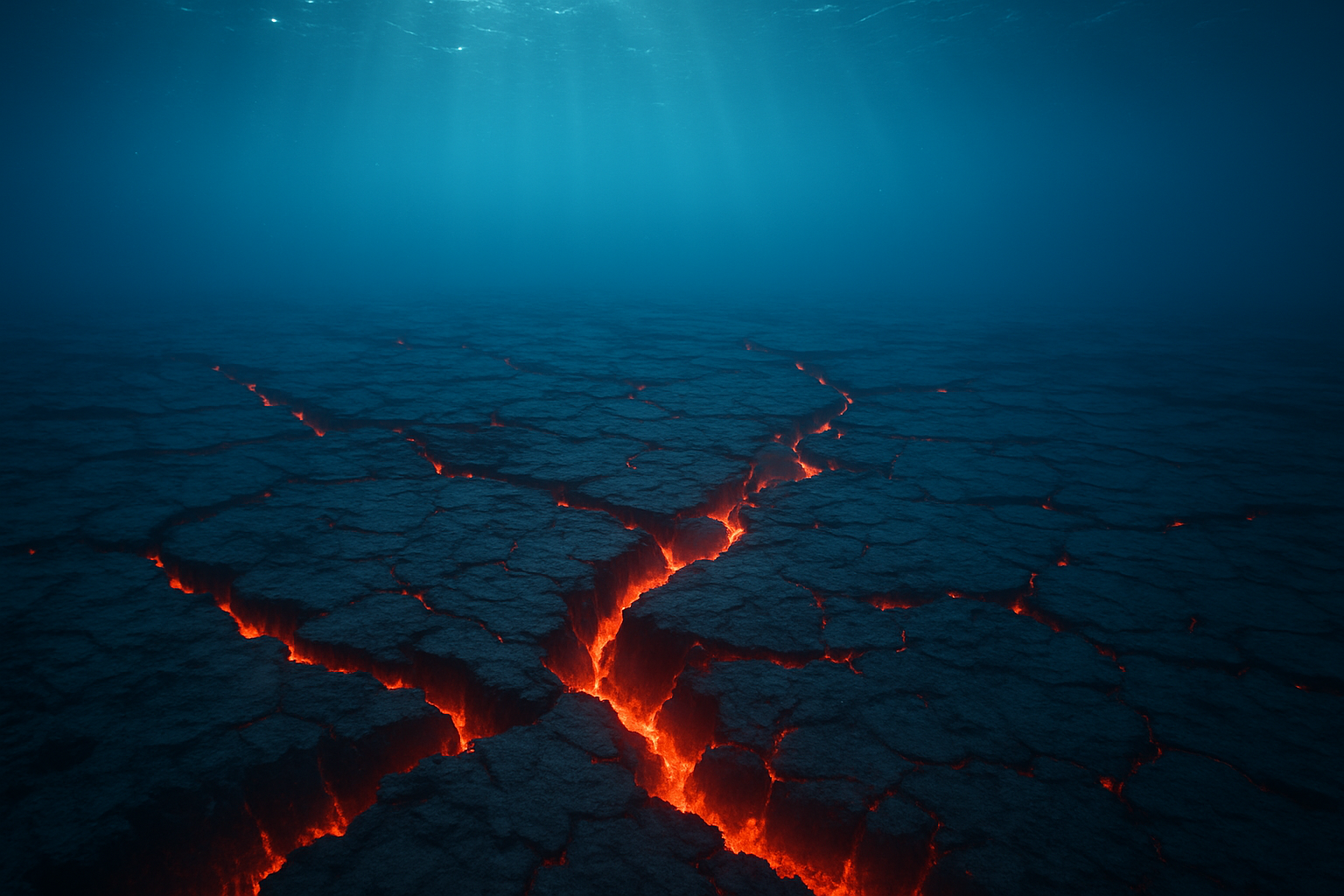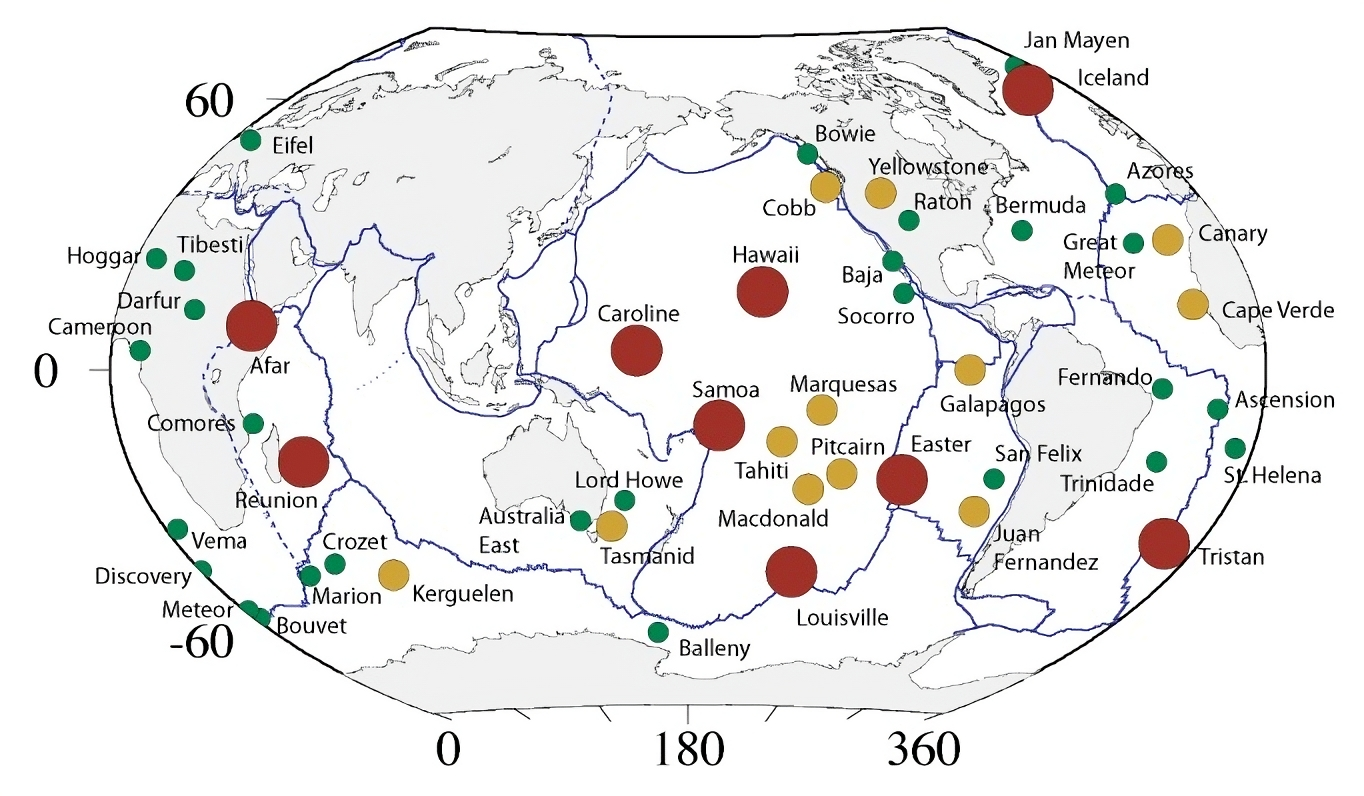Follow us on Google News (click on ☆)

Researchers from the University of Maryland and the University of Hawaii have traced the origin of a massive volcanic eruption dating back 120 million years. Their study, published in Nature, shows that a single submarine hotspot gave rise to a volcanic chain and the Ontong Java Plateau, Earth's largest volcanic plateau.
The team discovered that underwater mountains near Samoa were much older than expected. Analysis of rock samples revealed they were part of an ancient section of the Louisville volcanic chain. This finding provides new insights into the movement of tectonic plates in the Pacific.
Scientists used revised models to explain the connection between the Louisville hotspot and the Ontong Java Plateau. These models offer a more accurate picture of the ocean floor's geological evolution over millions of years.
Lead author Val Finlayson compares these volcanic traces to fingerprints left by tectonic plate movement. These 'fingerprints' help reconstruct the Pacific's geological history and other volcanic regions worldwide.
This research opens new perspectives for understanding the geological foundations of Pacific island nations. It also contributes to a better understanding of volcanism and global geological evolution.
The team plans to apply its models to other ancient volcanic features. This work could shed light on other geological mysteries.
How does a submarine hotspot influence ocean geology?
Submarine hotspots are areas where magma rises from Earth's depths, creating volcanoes. Unlike land volcanoes, their activity can last millions of years, shaping the ocean floor.
The movement of tectonic plates over these hotspots leaves chains of extinct volcanoes. These traces allow scientists to reconstruct the history of tectonic movements and past eruptions.
The Ontong Java Plateau, formed by such a hotspot, exemplifies the massive impact of these phenomena. Its size testifies to the intensity of eruptions that shaped our planet.
Why are the underwater mountains near Samoa so ancient?
The underwater mountains near Samoa surprised scientists with their age. They are part of an ancient section of the Louisville volcanic chain, formed over 120 million years ago.
These structures have been preserved despite the constant movement of tectonic plates. Their study reveals valuable information about past geological conditions.
Chemical analysis of rocks from these mountains linked them to the Louisville hotspot. This connection was previously unknown due to the subduction of part of the chain.
